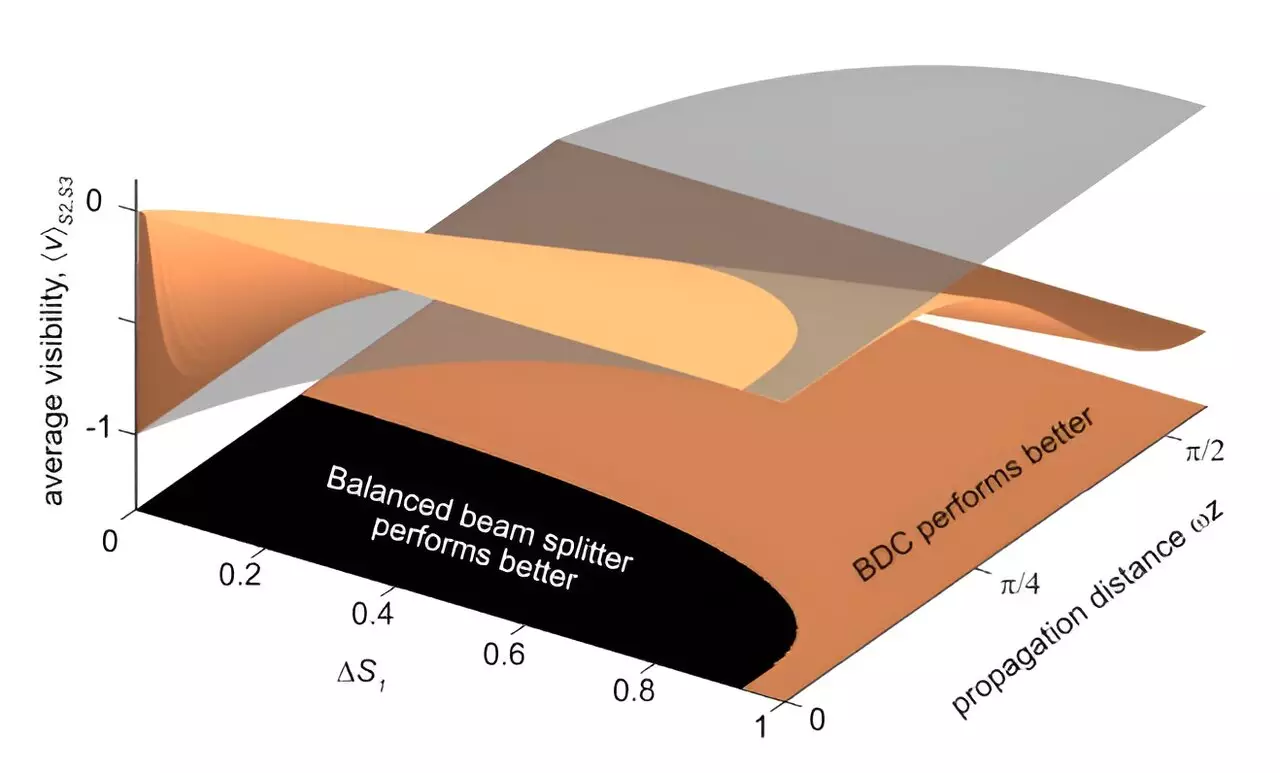The collaboration between Professor Szameit’s research group at the University of Rostock and researchers from the Albert-Ludwigs-Universität Freiburg has led to a groundbreaking discovery in the field of optical chips. Their research, which focuses on stabilizing the interference of two photons using the concept of topologically protected wave propagation, has been published in the prestigious journal Science.
Scientific innovation often emerges from the synthesis of seemingly unrelated concepts. Just as Maxwell’s theory of light was built upon the reciprocity of electricity and magnetism, the research group led by Professor Szameit explores the evolution of light in optical waveguide circuits through the lens of topology. This abstract mathematical concept, originally developed to classify solid geometries based on their global properties, has now found a new application in the realm of quantum light particles.
In 1987, physicists Hong, Ou, and Mandel conducted an experiment that revealed the behavior of photon pairs in a beam splitter, a phenomenon previously unaffected by topology. Their discovery of photon interference paved the way for new insights into quantum light particles, including the development of optical quantum technologies such as quantum computers. By combining topologically robust wave propagation with the interference of photon pairs, the researchers have achieved a significant milestone in quantum optics.
Quantum Nature of Light
The observed behavior of photon pairs in the waveguide structure can be attributed to the quantum nature of light. Pairs of photons interacting within the waveguide perceive the structure as twisted, leading them to form connections reminiscent of a dance on a twisted dance floor. This unique interaction between photons highlights the topological difference in how they navigate through the waveguide system, unaffected by local perturbations or defects.
The integration of topological protection in optical elements offers a promising design tool for the development of quantum technologies. As quantum systems face increasing complexity, the ability to ensure proper operation regardless of manufacturing tolerances is crucial. The researchers’ success in maintaining quantum interference even in the presence of significant deformations in the waveguide system opens up new possibilities for constructing topological systems for light.
The collaboration between Professor Szameit’s research group and colleagues from the Albert-Ludwigs-Universität Freiburg has demonstrated the potential of combining topological wave propagation with quantum light phenomena. This intersection of concepts not only sheds light on the fundamental nature of light particles but also paves the way for future advancements in optical quantum technologies. As the researchers continue to explore the rich possibilities of waveguide systems, the symbiosis between topology and quantum light is just the beginning of a new era in quantum optics.


Leave a Reply